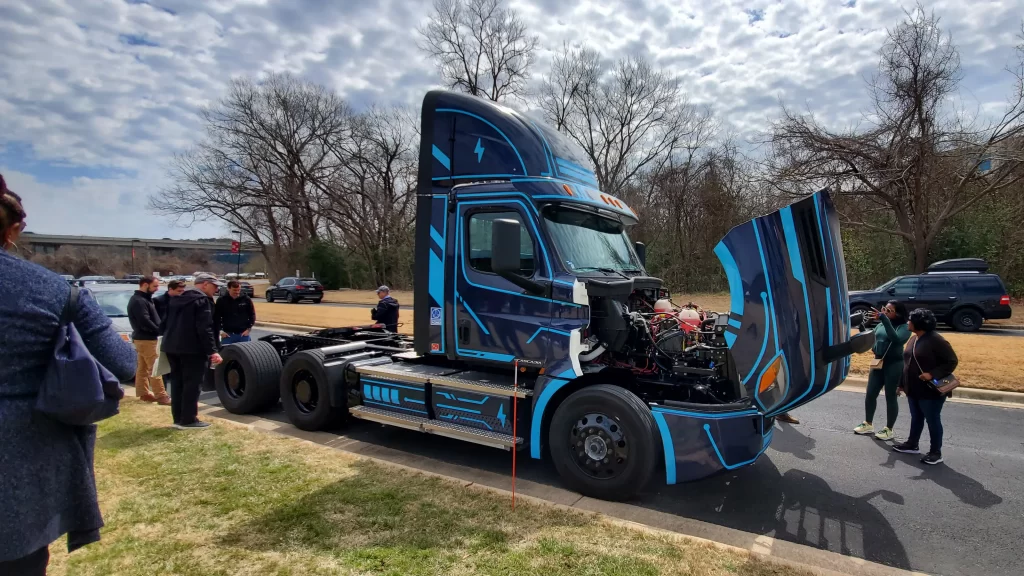The beneficiaries of Vocational Education and Training (VET) or Technical and Vocational Education and Training (TVET) are diverse and can include:
Individuals: VET/TVET provides individuals with practical skills and knowledge that prepare them for the workforce. This can help to increase employability, earning potential, learning and career prospects. Individuals can benefit from VET/TVET regardless of their education level, work experience, gender or socioeconomic background.
Employers: Employers can benefit from VET/TVET by having access to a pool of skilled workers who possess the necessary skills and knowledge to perform specific jobs. This can help to address skills shortages and gaps, increase productivity, multiskilling and improve the competitiveness of your business.
Industries and sectors: VET/TVET can benefit industries and sectors by providing a pool of skilled workers who can help drive innovation, adapt to new technologies, workforce attraction and improve the quality of products or services. This can lead to economic growth and increased competitiveness.
Society as a whole: VET/TVET can benefit society as a whole by addressing skills gaps, reducing unemployment, promoting social mobility, poverty and improving standards of living. A skilled workforce can contribute to the overall economic growth and stability of a country, benefiting everyone.
Beneficiaries of VET/TVET are diverse and include individuals, employers, industries and sectors, and society as a whole. VET/TVET plays an essential role in developing a skilled workforce, promoting economic growth, and improving the quality of life for individuals and communities.
Why should VET/TVET systems capture future as well as current workforce needs?
Vocational Education and Training (VET) or Technical and Vocational Education and Training (TVET) systems should capture future as well as current workforce needs for the following reasons:
Changing job market: The job market is constantly evolving, with new technologies, industries, job and skill requirements emerging all the time. By capturing future workforce needs, VET/TVET systems can help prepare individuals with the skills and knowledge they need to succeed in the job market of the future.
Economic competitiveness: By capturing future workforce needs, VET/TVET systems can help industries and sectors remain competitive by providing them with a skilled workforce that can adapt to changing market conditions and demands. This can help drive innovation, increase productivity, growth and create new job opportunities.
Addressing skills gaps: By capturing future workforce needs, VET/TVET systems can help address skills gaps and shortages, ensuring that there is a sufficient supply of skilled workers to meet the needs of the job market.
Anticipating technological advancements: By capturing future workforce needs, VET/TVET systems can anticipate technological advancements like working alongside AI and ensure that individuals are equipped with the skills and knowledge they need to work with new technologies.
Meeting societal needs: By capturing future workforce needs, VET/TVET systems can help meet the needs of society by preparing individuals with the skills and knowledge they need to address emerging societal challenges, such as climate change, automation, green skills and demographic changes.
Capturing future workforce needs is essential for VET/TVET systems to remain relevant and responsive to the changing demands of the job market, ensure economic competitiveness, address skills gaps, anticipate technological advancements, and meet societal needs.

